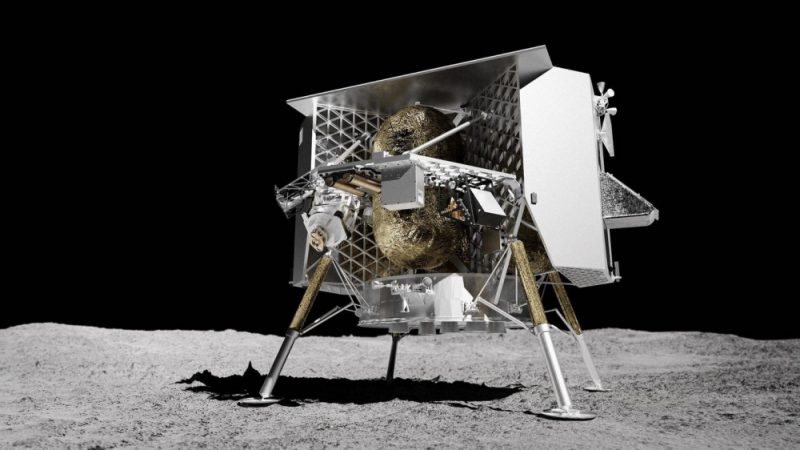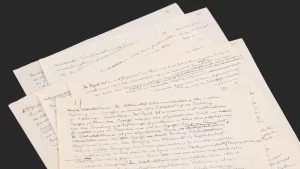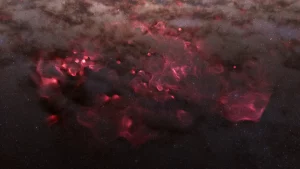NASA is headed for the moon next week, and it’s bringing lots of weird stuff

A rocket stocked with scientific instruments, technological gadgets, and… bitcoin (literally) is about to head for the moon’s surface. United Launch Alliance’s NASA-funded Vulcan Centaur is slated to lift off in the early hours of January 8 from Cape Canaveral, Florida, to begin its nearly two-month journey. After traveling roughly 238,900 miles, the nearly 2,829-pound Peregrin lander, built by private space company Astrobotic, should arrive at the Gruithuisen Domes within the moon’s Sinus Viscositatis region. If successful, it will mark the first US landing on Earth’s satellite since NASA’s Apollo 17 mission in 1972.
As Gizmodo notes, over 20 various payloads from six countries will be aboard the Peregrin lander—some meant for research, with others purely symbolic gestures ahead of Artemis astronauts’ planned touchdown later this decade.
The technology aboard
NASA intends to utilize a number of new tools and analysis tech aboard the lander, including a Near-Infrared Volatile Spectrometer System (NIRVSS) and Neutron Spectrometer System (NSS) meant for identifying substances such as water on the lunar surface. A Laser Retro-Reflector Array (LRA) will also provide incredibly precise distance measurements between the moon and Earth, while the Linear Energy Transfer Spectrometer (LETS) will assess lunar surface radiation to advance future astronauts’ safety.
Similar to LETS, Germany’s M-42 radiation detector will analyze similar potential mission dangers, as Mexico’s Colmena robot swarm will deploy and assemble to form a solar panel. Alongside not to be outdone, Carnegie Mellon University’s tiny, student-built Iris Lunar rover could become the first US robot upon the moon if all goes as planned. In addition, the university is also sending off a MoonArk lightweight time capsule containing poems, music, nano-scale objects, Earth samples, and images.
Also, that
Despite the industry’s many criticisms, a portion of Vulcan’s inventory will also center on cryptocurrency—namely, Bitcoin. Thanks to BitMex and Bitcoin Magazine, a physical Bitcoin engraved with a private encryption key will be deposited on the lunar surface for “future explorers” to recover, along with a few other shiny crypto objects.
Stranger things
Although primarily intended to signify humanity’s future on the moon, next week’s launch also includes the literal remnants of its past. Two memorial space companies, Celestis and Elysium Space, will also have cargo aboard the Vulcan rocket: DNA from legendary science fiction author Arthur C. Clarke, as well as the trace cremated ashes of multiple original Star Trek actors and show creator, Gene Roddenberry.
And all that’s just a portion of the larger inventory list intended to travel in the Vulcan rocket next week. For a more detailed look at additional payload info, including a hunk of Mount Everest, head over to Gizmodo.










